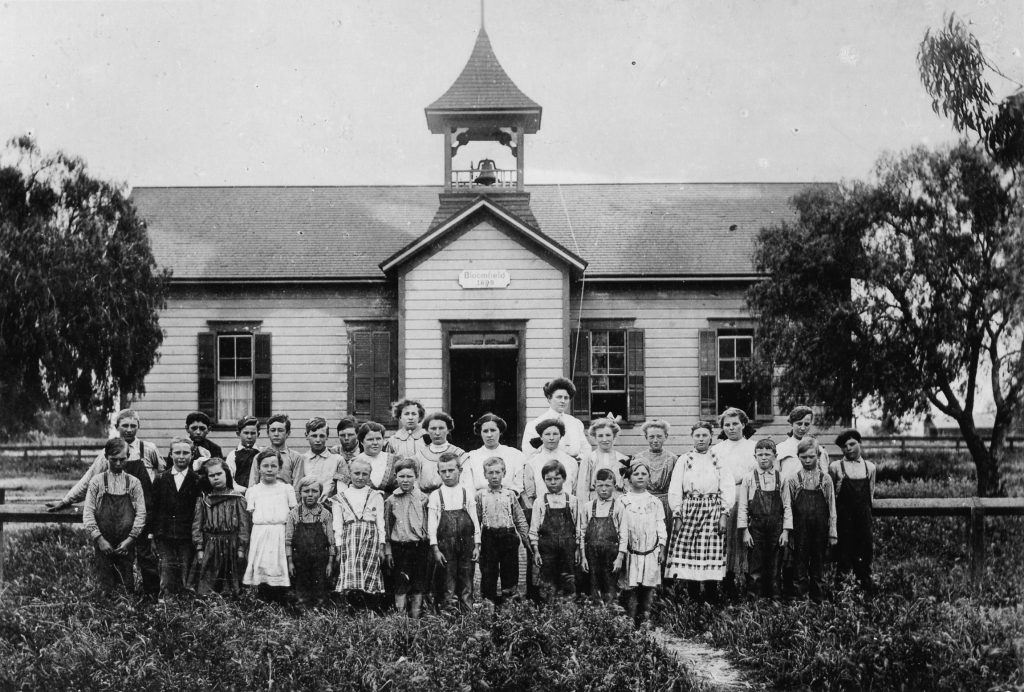Editor’s Note: Our regular Beast Life author, Donner, has asked for some other folks to give their perspectives on various exercises. Here, our friend Hooch offers some alternatives to the traditional back squat.
The back squat is often considered the king of exercises by many strength enthusiasts. Many will claim that the back squat is one of the best tools to develop overall strength and size. I do not disagree with this claim, and I do believe most people living the Beast Life should be squatting heavy and often. However, the back squat may not be appropriate for lifters all the time. Every now and then, a lifter may find themselves in a situation where back squatting is not getting the strength results they want, or a lifter could be battling an injury that prohibits him from back squatting. Perhaps an athlete needs to work on correcting imbalances. Whatever the case, if you do find yourself in a situation where you aren’t back squatting, the alternatives I would recommend are the Goblet Squat, the Bulgarian Split Squat, and the Front Squat. I do want to clarify; you should have a good reason for not back squatting. “Back squatting is not comfortable” or, “I don’t really like it” are not good reasons to avoid back squatting. If you’re healthy and have the proper range of motion, you should be back squatting. However, you can use the following exercises along with the back squat in your program to help you from plateauing.
Goblet Squat
The Goblet squat is a great exercise for beginners and people who don’t really know how to squat. It is a very forgiving movement that will automatically force you to have good form. This is a movement that can be used in warmups, or even loaded for some higher volume sets. It also is a good rehab movement if you are coming off of an injury.
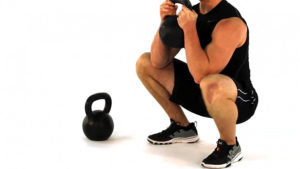 To perform the goblet squat, pick up a kettlebell and hold the kettlebell at chest level. Spread your feet about shoulder width apart with toes slightly pointed out. Squat down while holding the kettlebell at your chests level. Repeat. If a kettlebell is not available a dumbbell can be used, just ensure you keep the weight at chest level. Sound easy? Try a few reps with a one hundred pound kettlebell and let me know if it’s still easy.
To perform the goblet squat, pick up a kettlebell and hold the kettlebell at chest level. Spread your feet about shoulder width apart with toes slightly pointed out. Squat down while holding the kettlebell at your chests level. Repeat. If a kettlebell is not available a dumbbell can be used, just ensure you keep the weight at chest level. Sound easy? Try a few reps with a one hundred pound kettlebell and let me know if it’s still easy.
Bulgarian Split Squat
The Bulgarian Split Squat is one of my favorite single leg exercises and can be used to correct imbalances. This movement can be loaded a variety of ways. The lifter can load a barbell on the back, in the front rack position, or grab dumbbells with the hands. Since there is less forward lean in this movement, it is easier on the back. If you are working through a lower back problem, these are great movement to do to maintain leg strength.
This movement is a bit more complex to do. Stand lunge-length in front of a bench. Rest the top of one of your feet on the bench behind you. Lower your body until your rear knee nearly touches the floor and your front thigh is parallel to the floor. Ensure your front heel stays on the ground and the torso remains upright. This exercise is HARD! But there are many benefits to doing it, including a greater recruitment of the hamstrings and it’s a really good core stabilizer. Even if you can back squat, these are still great to work into your program.
Front Squat
The Front Squat is one of my favorite exercises. If you need to grow your quads, then this exercise is for you. This squat is a quad builder like no other and it works the core and upper back. Because the weight is loaded on the front of the lifters body and the lifter is required to remain upright, there is less strain on the lower back. This is another good exercise to do if you need to back off the lower back work a bit.
To perform the front squat, the lifter will rack the bar in front of his body with the bar resting on his shoulders. Mobility seems to be the greatest limitation for most lifters attempting the front squat. If you have a hard time getting into the front rack position, you should work on your mobility (this will help you in power cleans as well). If increasing mobility is not an option for you, then you can cross your arms in front of you and rest the bar on your shoulders. Once you have racked the bar on your shoulders, perform the squat. You should feel fatigue in your quads, core, and upper back.
I would recommend working this lift into your program even if you can back squat. This lift has been used to increase many lifter’s back squats. Since many liters are dominate in their posterior chain, strengthening the core and quads usually carry over to increasing your back squat.
Using these three exercises in your program can help you develop some serious leg strength even if you can’t back squat. If you can back squat (and most of you should be back squatting), try working these movements into your program. You will see some gains in your leg and core strength, which will carry over to a variety of other lifts and your overall athleticism. You will be surprised at the results.
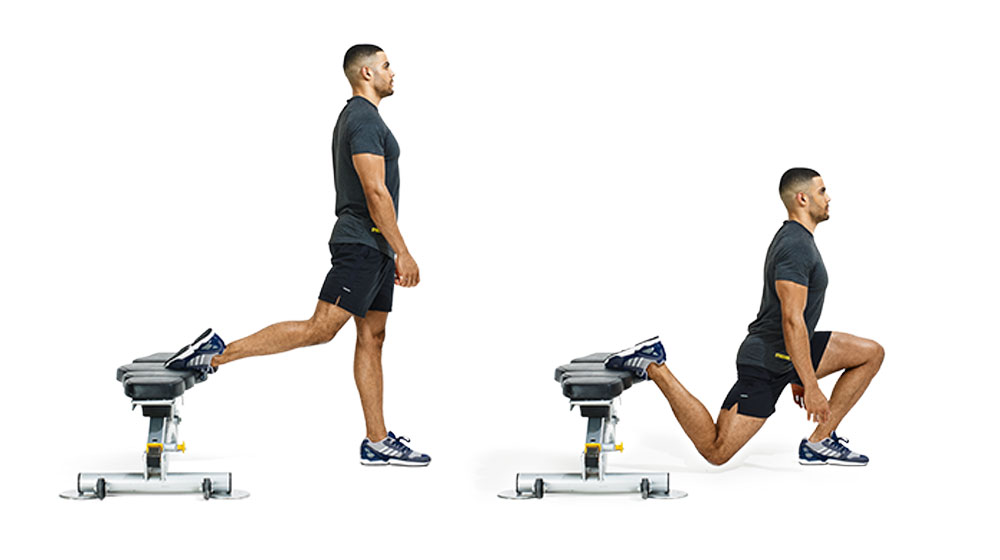
Beast Life: Back Squat Alternatives
Latest from Fitness
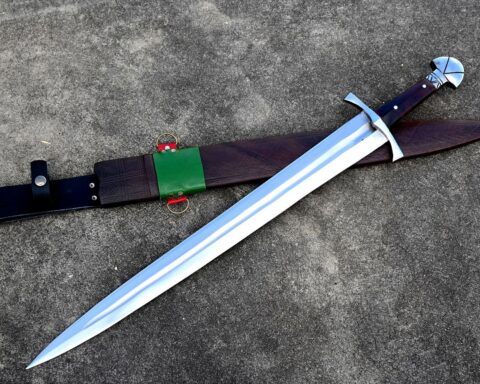
The Forms and History of the Sword
There seems to be a culminating point not only in all human arts, but in the fashion of particular instruments. And it so happens that the preeminent and typical instruments of war
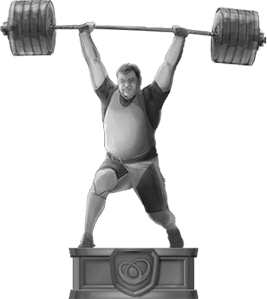
Training for Awkwardness
Editor’s Note: We present another article by Den Blonde Ulven. I have been on a new training regime the past few months and the programming has been unorthodox and extremely odd compared
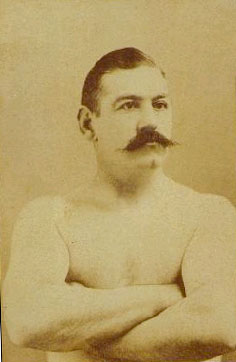
How To De-feminize Boys
Editor’s Note: A few years ago, we had a fairly popular article here on raising manly men. Our friend Den Blonde Ulven adds in a needed update. The Western world is plagued

The Legend of Xu Xiaodong
I participate in an MMA school and recently learned of a man named Xu Xiaodong through a member there. Upon further research it turns out this guy is a total badass that
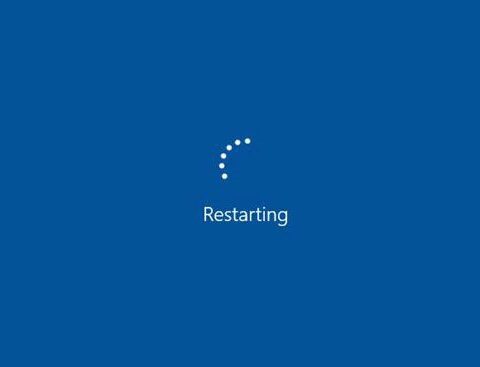
KETO Restart After The Holidays
Did you fall off the KETO Wagon over the holidays? That’s ok, many of us did. Here are 7 simple steps to restart Keto after the holidays. Follow these 7 steps closely


